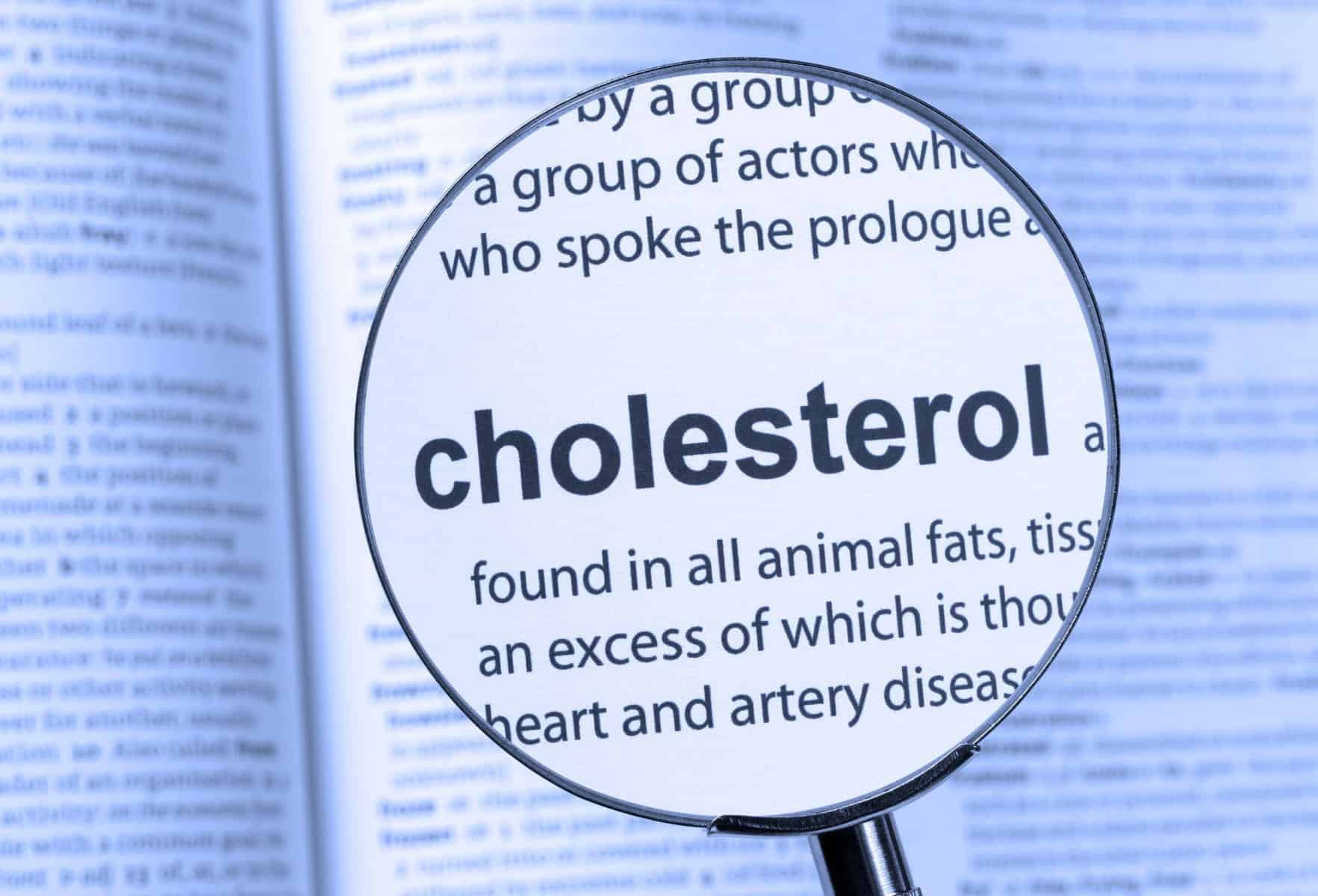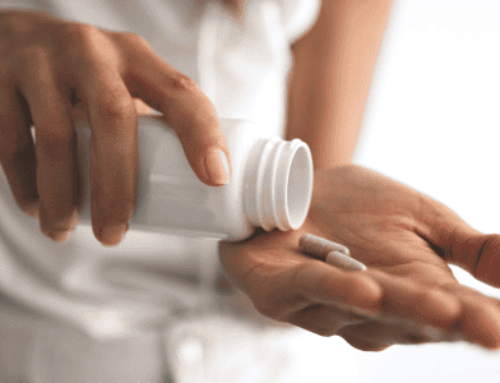
With the words ‘good’ and ‘bad’ haphazardly thrown around in reference to cholesterol, it is no wonder that people are confused. Below are three statements about cholesterol. Can you pick which of the three is a lie?
- Cholesterol is not all bad.
- High cholesterol can affect anyone.
- You cannot do anything to change your cholesterol levels.
Read below to find out if you picked the right answer.
Truth: Cholesterol is not all bad.
While it is true that having high cholesterol is linked to increased risk of cardiovascular events, not all cholesterol is bad.
Contrary to popular opinion, cholesterol is not a villain. In fact, cholesterol is essential to many bodily functions.
Cholesterol is a waxy fat substance, that gets carried around in our body. Within our body, all cells require it to create cell walls, however, it also plays a vital role in the production of hormones, maintenance of healthy nerve cells, and synthesis of vitamin D [1, 2].
Having cholesterol in our bodies, only becomes problematic when we have too much or an imbalance in the types of cholesterol in our bodies. To learn more about the types of cholesterol and what they mean for you, read more here.
As such, it is true, not all cholesterol is bad.
Truth: Cholesterol can affect anyone.
While thought of as a disease for the middle aged, high cholesterol can affect anyone.
In 2017-2018, 1.5 million Australian’s were diagnosed with high cholesterol.
Statistically, people aged over 65 years were more likely to have the diagnosis, however, apart from those under fourteen years of age, all other age groups were affected [3].
In the United States of America, it has been found that 7% of those aged between six and nineteen are affected by high cholesterol [4]. This is concerning as a study has found the younger you have high cholesterol, the longer the consequences might stick to you, even if you have it under control before reaching your thirties [5].
So, what might increase your risk of developing high cholesterol?
Pre-existing health conditions:
Type 2 Diabetes
Have you been diagnosed with Type 2 Diabetes? If so, unfortunately your risk of developing high cholesterol has just increased. While ‘good’ (HDL) cholesterol levels remain like the rest of the population, an average person with diabetes has high levels of ‘bad’ (LDL) cholesterol and triglycerides [6]. This combination increases your risk of heart disease and stroke. Want to learn more about diabetes, click here.
Obesity
Unhealthy body weight is already a precursor to heart disease, high blood pressure, and diabetes. Carrying the extra weight is linked to higher triglyceride levels, higher ‘bad’ cholesterol levels, and lower ‘good’ cholesterol levels [7]. Thankfully, managing your weight can help. To learn more about the benefits of working with a dietitian on your weight, click here.
Familial Hypercholesterolemia
Familial Hypercholesterolemia is a genetic disorder, passed on through families (hence the name) that increases a person’s production of ‘bad’ cholesterol [8]. Unfortunately, unlike with diabetes and weight, dietary changes alone are not able to significantly reduce cholesterol levels.
Lifestyle Behaviours:
Diet
It has been well documented that your diet affects you and your health outcomes. Studies have found that a diet high in saturated and trans fats may contribute to high cholesterol and related conditions [7]. Additionally, alcohol increases both your triglycerides and increases your LDL cholesterol levels, due to the way it gets broken down in your liver. This includes even moderate amounts of alcohol consumption!
To learn more about how a dietitian can help you change your diet following a diagnosis, click here.
Exercise
Regular physical activity has been found to increase the levels of ‘good’ cholesterol by 3-6%. Consequently, inadequate physical activity levels have been linked with lower amounts of ‘good’ cholesterol [9].
Smoking
Substances in cigarette smoke have been shown to lower HDL levels, increase LDL levels, and make blood thicker, stickier, and easier to clot [2]. This means that smoking not only increases LDL accumulation, but it also impairs the ability of HDL cholesterol to reverse the damage caused by LDL.
Stress
Stress is an extremely broad and vague term, as the things that cause stress and the way we respond to them differ from person to person. Despite this, several studies have found that stress led to elevated levels of triglycerides and LDL cholesterol and decreased levels of HDL cholesterol [10. 11]. Mechanisms that have been proposed include raised cortisol, hemoconcentration, and stressed related release of fatty acids.
Lie: You cannot do anything to change your cholesterol levels.
As you have already gathered, there are lots of different things that you can look at changing to improve your cholesterol levels. Some places to consider starting at are:
- Start exercising regularly.
- Reduce your stress levels.
- Avoid smoking.
- Reduce alcohol consumption.
- Look at your dietary behaviours.
Not sure where to start with your diet modifications? Have a read of ’10 Ways to Improve Your Cholesterol’.
Still not certain you can make these changes alone? Talk to one of our dietitians today!
References:
[1] CSIRO. (2022). Cholesterol facts. Commonwealth Scientific and Industrial Research Organisation, Australian Government – CSIRO. https://www.csiro.au/en/research/health-medical/nutrition/cholesterol-facts.
[2] Centers for Disease Control and Prevention. (2022, May 5). Smoking and heart disease and stroke. https://www.cdc.gov/tobacco/campaign/tips/diseases/heart-disease-stroke.html
[3] Australian Bureau of Statistics. (2018, December 12). High cholesterol, 2017-18 financial year. https://www.abs.gov.au/statistics/health/health-conditions-and-risks/high-cholesterol/latest-release
[4] Starkman, E. (2021, June 13). High cholesterol in younger people. WebMD. https://www.webmd.com/cholesterol-management/features/high-cholesterol-younger-people
[5] Domanski, M. J., Tian, X., Wu, C. O., Reis, J. P., Dey, A. K., Gu, Y., Zhao, L., Bae, S., Liu, K., Hasan, A. A., Zimrin, D., Farkouh, M. E., Hong, C. C., Lloyd-Jones, D. M., & Fuster, V. (2020). Time Course of LDL Cholesterol Exposure and Cardiovascular Disease Event Risk. Journal of the American College of Cardiology, 76(13), 1507–1516. https://doi.org/10.1016/j.jacc.2020.07.059
[6] Diabetes Australia. (2022). Cholesterol. https://www.diabetesaustralia.com.au/food-activity/eating-well/cholesterol/#:~:text=People%20with%20diabetes%20generally%20have,triglycerides%20than%20people%20without%20diabetes.
[7] Whitney, E., Crowe, T., Cameron-Smith, D., Walsh, A., & Rolfes, S. (2014). Understanding Nutrition: Australian and New Zealand Edition (2nd ed.). Cengage.
[8] Australian Family Physician. (2012, November 26). Detecting familial hypercholesterolaemia in general practice. https://www.racgp.org.au/afp/2012/december/familial-hypercholesterolaemia
[9] Mayo Clinic. (2020, August 28). Can lifestyle changes benefit your cholesterol? https://www.mayoclinic.org/diseases-conditions/high-blood-cholesterol/in-depth/reduce-cholesterol/art-20045935#:~:text=Exercise%20can%20improve%20cholesterol.,minutes%20three%20times%20a%20week
[10] Assadi, S. N. (2017). What are the effects of psychological stress and physical work on blood lipid profiles? Medicine, 96(18), Article e6816. https://doi.org/10.1097/md.0000000000006816
[11] Catalina-Romero, C., Calvo, E., Sánchez-Chaparro, M. A., Valdivielso, P., Sainz, J. C., Cabrera, M., González-Quintela, A., & Román, J. (2013). The relationship between job stress and dyslipidemia. Scandinavian Journal of Public Health, 41(2), 142–149. https://doi.org/10.1177/1403494812470400



